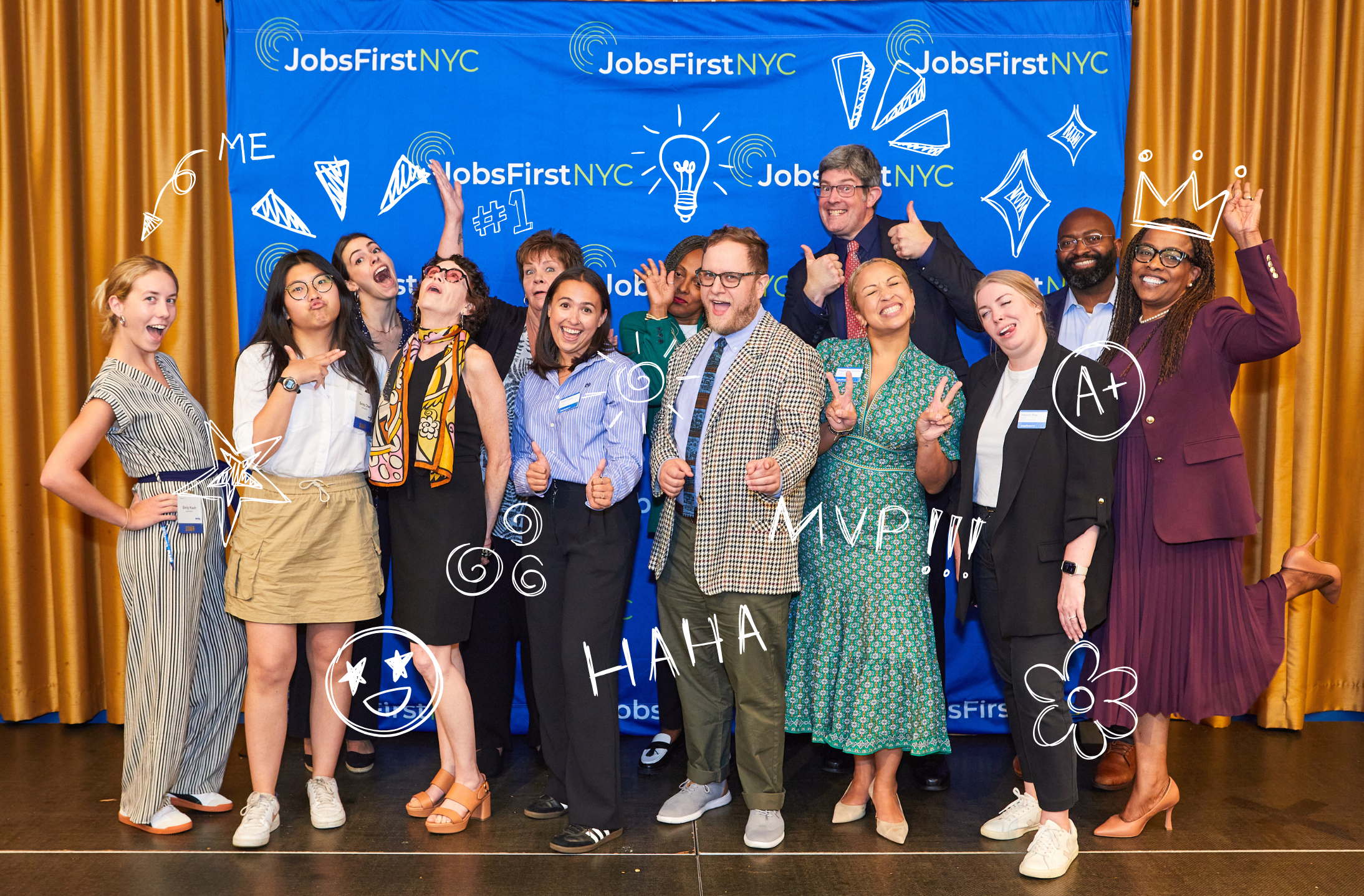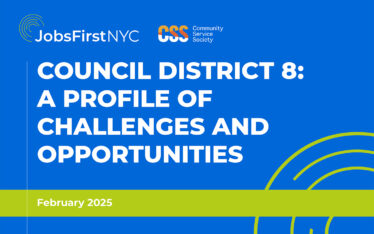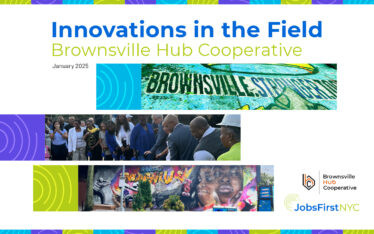Where Experience Begins
I am fortunate to work as a paid communications intern at JobsFirstNYC, a nonprofit intermediary committed to workforce development. Too often, internships are treated like auditions reserved exclusively for polished professionals when they should be viable opportunities to grow potential, not just reward prior industry experience (Gray 2022). Yet two in five internships in the U.S. are unpaid—an estimated 1.66 million in 2023 alone—making crucial career-building opportunities out of reach for many (Fennel 2025). For most young people, especially in a city like New York, unpaid internships are simply not an option—the inability to cover housing, transportation, meals, and daily expenses pushes these roles out of consideration, regardless of how valuable the experience might be.
At their best, especially in the nonprofit space, internships should be about developing skills, expanding access, incorporating new voices, and investing in emerging talent before a student’s résumé is fully built. Internships exist to bridge the highly intimidating gap between education or training programs and professional prosperity—but in practice, several major corporate programs quantify their success by class size, conversion rate, and skipped lunch breaks. But nonprofit internships offer something shinier, sturdier, and worth more attention––an experience fairly demanding, diverse in skill development, and deeply rewarding.
More than a Line on My Résumé
For eleven months, instead of swimming in an oversaturated, hypercompetitive pond vying for attention and recognition, I have been given considerable responsibilities and witnessed consequential impact as the communications intern at JobsFirstNYC. A smaller team and leaner structure make much-needed room for intern contribution, not just observation. As a young person on a more mature team that doesn’t interact with youth daily, I find myself serving as a gentle, constant reminder to continue pulling young voices and perspectives into the organizational strategy, whether through surveys, focus groups, other interns, or planning committees. I cannot represent all young adults and their individual experiences, but I can and do reflect on what feels real, clear, or resonant from where I stand. My place on the team deepens an understanding of digital connectivity, elaborates on what young people prioritize in their career search, and helps refine our media and language to be approachable.
The Road to a Role that Fits
I recently graduated from Fordham University with a degree in Information Systems, but I grew interested in communications through extracurriculars, working on Really Mag as layout director and Mode Magazine as contributing writer. My path to JobsFirstNYC came through my dear friend Lauren, a Communication and Media Studies student and Assistant Culture Editor of The Fordham Ram, who had interned with the team the previous summer. After designing the Adapting to the Future of Work booklet in the summer of 2023, I knew I wanted to stay involved with JobsFirstNYC and reached out when I was looking for a summer opportunity the following year. Coming into the role, I wasn’t exactly sure what to expect besides a fast-paced environment and generous workload, but I was eager to learn. Despite my non-comms major, Christine saw potential in me, and the experience I’ve gained will follow me throughout my professional life.
Learning by Doing
At JobsFirstNYC, everyone on the team wears many hats, and interns are no different. Role flexibility is something I’ve become accustomed to. One moment, I’m making suggestions on a blog document; the next, I’m designing a new web page or cutting together a keynote video. Seeing my coworkers and, eventually, myself gracefully slip into different roles based on team needs has made me a more versatile professional and enriched my understanding of how the complex parts of a nonprofit work together to create legitimate impact.
Saying yes opens doors, but knowing when to say no keeps the work sustainable. In a high-energy, modestly-sized team where everyone is juggling something, it’s easy to mistake being stretched too thin for being helpful. Early on, I thought saying yes to everything was proof of commitment. But over time, with guidance, I saw that thoughtful no’s—offered with context and care—made space for better work, stronger ideas, and a much healthier rhythm.
Balancing enthusiasm with practicality is equally important. The work is guided by a thorough sense of purpose and likely passion for that purpose, but making an impact requires more than just good intentions. Particularly in the more creative corners of my responsibilities, every idea has to be functional and strategic, not just inspirational. One requires strategy and knowing when to push for change and when to compromise.
Being paid as an intern is not something to compromise on. My compensation made this opportunity possible and productive. I could cover my rent, bills, and commute without anxiety—quieting the background noise that so often pulls focus and dims confidence. That freedom created room for more consistent energy and a stronger sense of belonging. When your time is treated as valuable, it’s easier to see your contributions that way.
Building for Impact, Not Just Output
Beyond traditional skill-building, nonprofit internships shift the definition of success in the workplace. Nonprofit teams thrive on collective impact rather than individual achievement. Emphasizing collaboration, resourcefulness, and shared goals grounds our work in something bigger than ourselves or a bottom-line number. This sense of shared purpose naturally leads to something more profound: advocacy—not just for the communities we serve, but for each other as colleagues, especially young and emerging professionals.
Discovering to Lead through Advocacy
Advocacy has been a very present theme across my internship—supporting a Youth Day hosted by JobsFirstNYC’s Policy Solutions area, incorporating civil engagement into convening workshops, and pitching a new idea to the executive team. While it weaves throughout my projects and our organizational priorities, I’ve also felt it in how the team advocates for young workers, including me, by recognizing the value in our time, our work, our voices, and demonstrating that if a role is worth filling, it’s worth paying for.
Andrew Fennel, “Internship Statistics U.S.,” StandOut CV, https://standout-cv.com/usa/stats-usa/internship-statistics.
Kevin Gray, “Increasing Access to Internships Diversifies Workforces,” National Association of Colleges and Employers, https://www.naceweb.org/talent-acquisition/internships/increasing-access-to-internships-diversifies-workforces/.



